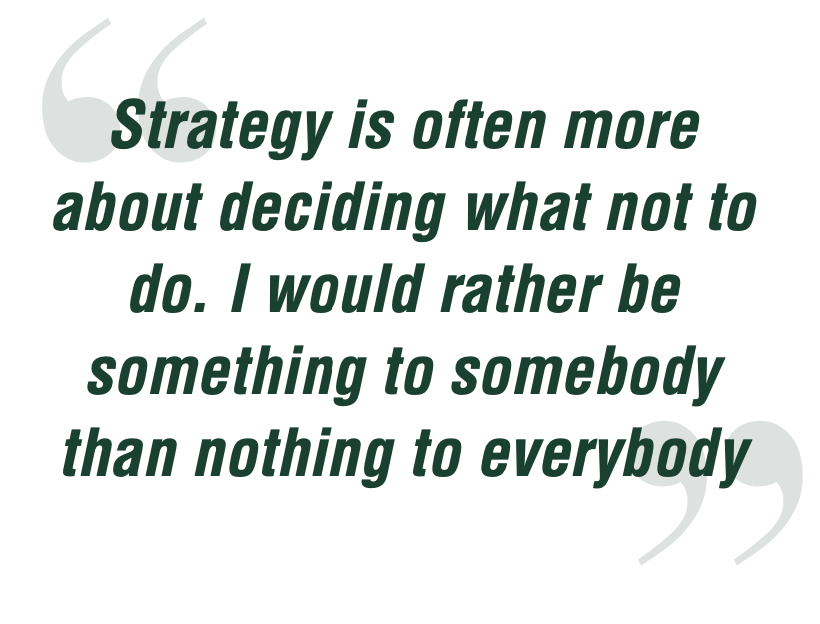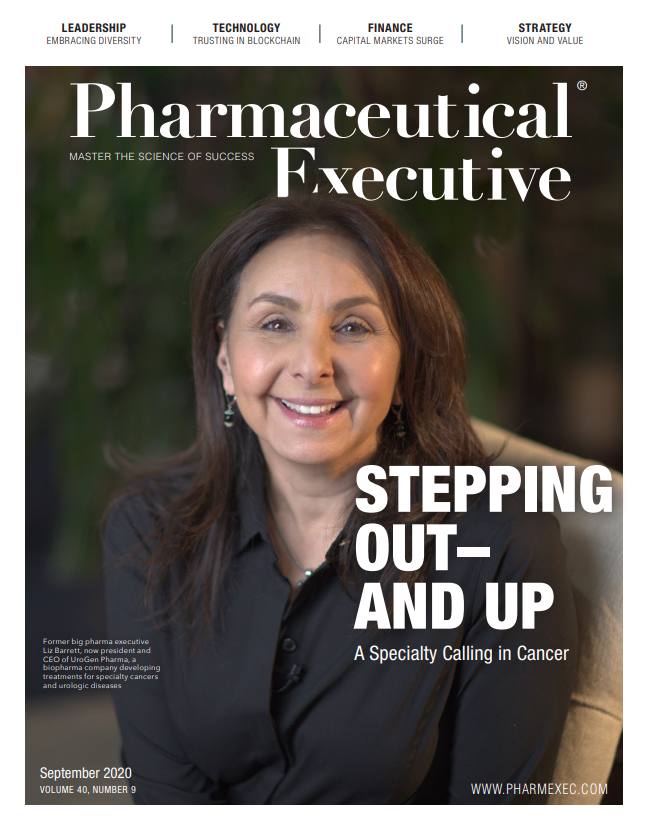Staying the Course in Product Launch
Amid pandemic, rely on the fundamentals.
Tom McDonnell

In the Age of COVID-19, pharma has undergone breathtaking changes. As a result, it is easy to forget that some of the most important lessons we have learned in our industry have not changed at all. For example, the fundamentals of a successful product launch will remain almost entirely the same.
When I refer to the fundamentals of a successful launch, I am talking about three critical steps:
- An objective assessment of a product’s potential.
- Pre-launch preparation that aligns the organization and all stakeholders.
- A post-launch period of monitoring, reassessment, and adjustment.
The first step involves a candid assessment of the product’s level of differentiation and the unmet need within its disease area. Once you know those two things, it is possible to plan a strategy and determine the level of investment.
Does the product address a high unmet need in a highly differentiated way? If so, you know you can price it higher and engage in very broad promotion. Does the product address a low unmet need with low product differentiation? In that case, you know you are going to have to price it competitively, be aggressive in promotion, and focus upon the small ways in which the product is different. And so on.
A word of caution: sometimes brands at this point try to take too big a swing when they are at bat, that is, they try to position a product too broadly. They fear being caught in a niche. But strategy is often more about deciding what not to do. I would rather be something to somebody than nothing to everybody.

The second critical step is pre-launch, which is arguably the most important step of all. When a company does not invest adequately in a pre-launch, it will show.
The success of this stage depends on alignment of all stakeholders, from senior executives, to the board of directors, to investors, to sales representatives, and even factory workers. For example, your investors need to know whether this is going to be a $500 million product or a $5 billion product.
Your board needs to know if it is going to take six months or three years to reach profitability. Your line workers need to know why they will be working so hard this summer to make it possible to launch in the fall.
Success during pre-launch also depends on the alignment of functions from medical to regulatory to commercial to supply. Your goal is for everybody to be on board.
Medical needs to be looking for the product’s points of differentiation. The regulatory team needs to determine how to best present it. And the sales team needs to be properly trained on the points of differentiation and how to bring value to your customers on every call.
The third critical step begins immediately at launch. You can do the greatest job in pre-launch, but once you launch, the unexpected is inevitably going to occur. Things are going to change. And they will change very fast. You must have the mechanisms in place that allow you to gather timely feedback from your customers and analyze your data in real time, so that you can change your plans quickly. The time pressure will be enormous, because the first six months of a launch are by far the most critical for a brand.
In a time of upheaval, it is important not to lose track of the fundamentals.
Tom McDonnell, President, BW Health Group

The Misinformation Maze: Navigating Public Health in the Digital Age
March 11th 2025Jennifer Butler, chief commercial officer of Pleio, discusses misinformation's threat to public health, where patients are turning for trustworthy health information, the industry's pivot to peer-to-patient strategies to educate patients, and more.
Navigating Distrust: Pharma in the Age of Social Media
February 18th 2025Ian Baer, Founder and CEO of Sooth, discusses how the growing distrust in social media will impact industry marketing strategies and the relationships between pharmaceutical companies and the patients they aim to serve. He also explains dark social, how to combat misinformation, closing the trust gap, and more.
Trump: 'Major Tariff' on Pharmaceuticals Coming Soon
Published: April 9th 2025 | Updated: April 9th 2025“We’re going to tariff our pharmaceuticals, and once we do that, they are going to come rushing back into our country," President Donald J. Trump said during a Tuesday night dinner in Washington.